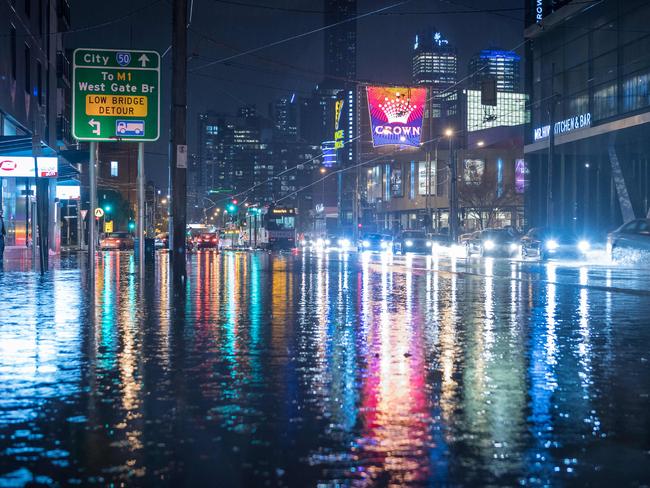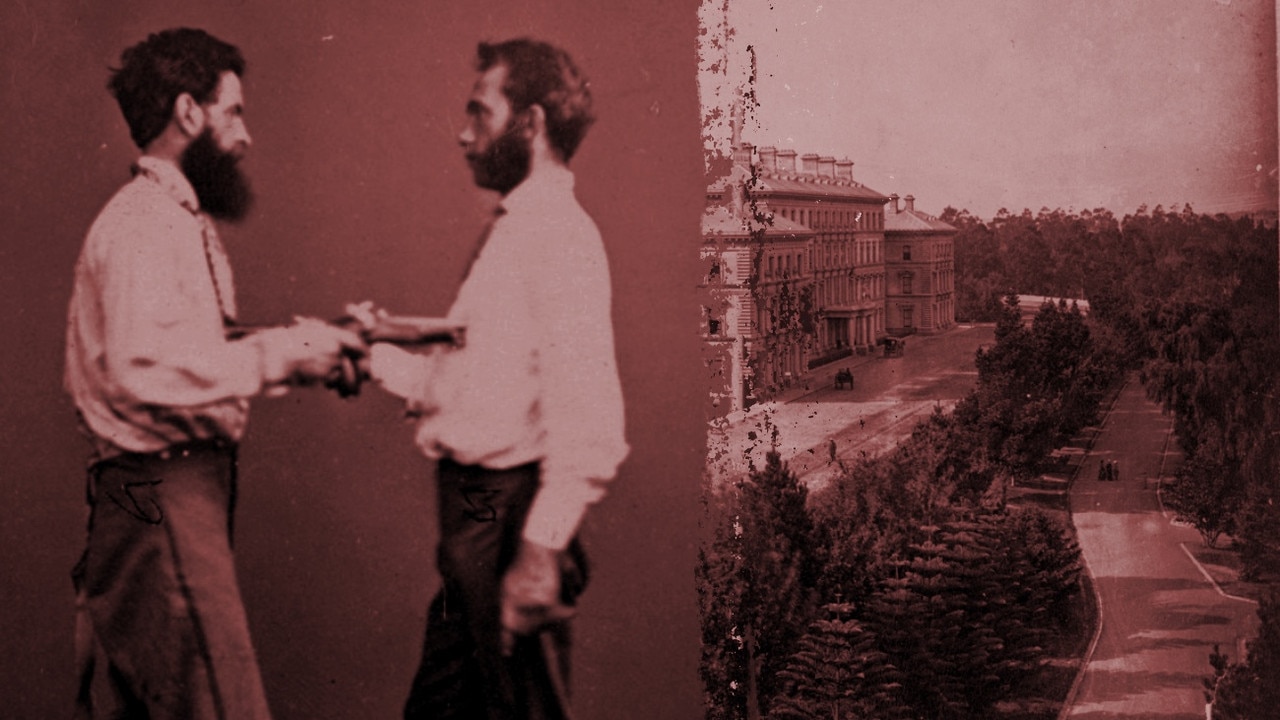A look back at 100 years of flooding in Melbourne
MELBOURNE is set for a very soggy week, with rain forecast every day. Take a look back at the wettest days in Melbourne over the past 100 years when the city was inundated by floods.

MELBOURNE had a taste of sunny, spring weather last week — but it’s over.
Well, at least for the rest of this week.
The cold, wet misery of winter has returned with gusto, and parts of Victoria could be inundated with a month’s worth of rain today.
The town of Coleraine is battling rising floodwaters and flood warnings are in place for most rivers and catchments across the state.
Melbourne is also set for a drenching, with a flood watch in place for Greater Melbourne catchments in Werribee, Maribyrnong, Yarra, Dandenong and Bunyip.
It’s unlikely Melbourne will be completely inundated, but it has happened before — with major floods that put much of the city underwater in 1934, and inundated in Elizabeth Street in 1972.
Take a look at the floods that shocked — and stopped — Melbourne.

The Yarra floods, 1934
After a wet spring that drenched the ground, the great Yarra River flood of 1934 was always a chance.
A cold front crossed Victoria on November 29 that year and a low pressure system developed in Bass Strait, which brought gale force south-westerly winds and torrential rain in central Victoria and Gippsland.
About 140mm of rain fell in Melbourne in the two days to December 1, but the rain was much heavier in the hills east of Melbourne, with some falls of 350mm or more recorded there and in South Gippsland over the same period.
That led to landslides and inundated roads.
Bridges washed away.
The Yarra River burst its banks and inundated Melbourne suburbs, forcing evacuations.
At least 36 people died and more than 400 buildings were flooded in Melbourne alone.
The show courts at Kooyong filled with water.
Strong winds and sodden ground caused many trees to be uprooted.
Stock, crop and property losses were heavy in the Yarra Valley, the Latrobe Valley and South Gippsland.
Many animals perished not because of the flood but from exposure caused by the continuous rain and high winds.





Elizabeth Street floods, 1972
Melbourne’s wettest month was in February 1972, when 238.2mm filled the gauge.
On February 17 that year, a downpour from a severe thunderstorm drenched the Melbourne CBD.
The deluge flooded Elizabeth Street, which was built over a creek.
It sent a torrent of water roaring down the street towards Flinders Street station, swamping some cars and sweeping others away.
It’s not the first time Elizabeth Street has flooded in this way.
Elizabeth Street has flooded a number of times since Melbourne was first established, with the latest instance in March 2010.












BTM


